Binary relevance is a well known technique to deal with multi-label classification problems, in which we train a binary classifier for each possible value of a feature:
http://link.springer.com/article/10.1007%2Fs10994-011-5256-5
On the other side, one hot encoders (OHE) are commonly used in natural language processing to encode a categorical feature taking multiple values as a binary vector:
http://cs224d.stanford.edu/lecture_notes/LectureNotes1.pdf
Can we consider that these two concepts are the same one? Or are there technical differences?

